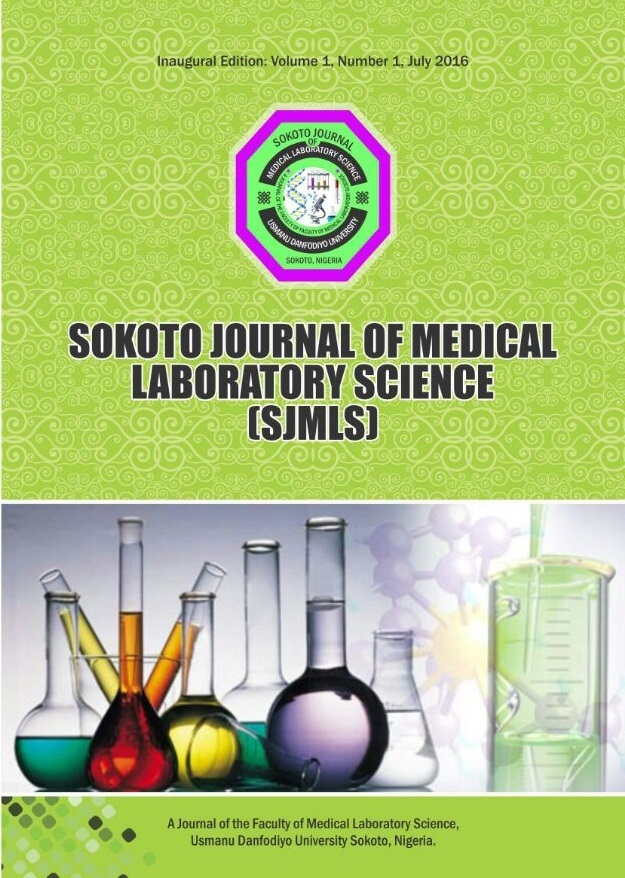The Effective Use of Red Blood Cells as Vehicles for Chemical and Biological Therapeutic Agents (L-Asparaginase, Anti-Infective Drug Loaded Red Cells and Anti-Thrombotic- Loaded Red Cells)
Keywords:
Effective use, red blood cells, biological therapeutic agents, drug loaded red cells, anti-thrombotic- loaded red cells.Abstract
Red blood cells (RBCs) are naturally capable of transporting diverse cargoes throughout the circulatory system, both loaded to their surface or within their inner volume. Starting largely from the 1970s, diverse approaches for encapsulation into, and surface coupling onto, RBCs have been investigated as potential drug delivery systems. In the last decade, these efforts have yielded diverse strategies to load drugs and nano-carriers to RBCs, and to optimize their pharmacokinetics, distribution, and effects in the body. Newer approaches include design of drugs with an affinity to circulating RBCs, encapsulation into RBCs using membrane permeating compounds. For several decades, researchers have used erythrocytes for drug delivery of a wide variety of therapeutics in order to improve their pharmacokinetics, bio-distribution, controlled release and pharmacodynamics. Approaches include encapsulation of drugs within erythrocytes, as well as coupling of drugs onto the red cell surface. This review focuses on the latter approach and examines the delivery of red blood cell (RBC)-surface-bound anti-inflammatory, anti-thrombotic, as well as RBC carriage of anti-tumor cells agents. Herein, we discuss the progress that has been made in surface loading approaches, and address in depth the issues relevant to surface loading of RBC, including intrinsic features of erythrocyte membranes, immune considerations, potential surface targets and techniques for the production of drug loaded red blood cells. While there is little doubt that RBC drug delivery will ultimately flourish, focusing research efforts on approaches that are unlikely to cause adverse effects in patients will help to sooner bring this day. Based on the variety of a
pproaches, the future of drug delivery vehicles is very promising.




